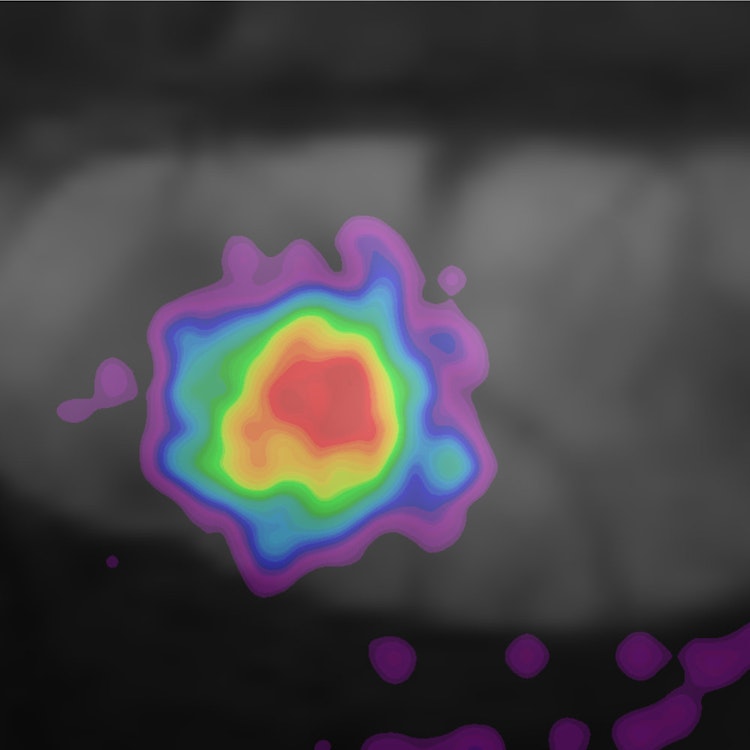
DCC Is Required for the Development of Nociceptive Topognosis in Mice and Humans
Avoidance of environmental dangers depends on nociceptive topognosis, or the ability to localize painful stimuli. This is proposed to rely on somatotopic maps arising from topographically organized pointto- point connections between the body surface and the CNS. To determine the role of topographic organization of spinal ascending projections in nociceptive topognosis, we generated a conditional knockout mouse lacking expression of the netrin1 receptor DCC in the spinal cord. These mice have an increased number of ipsilateral spinothalamic connections and exhibit aberrant activation of the somatosensory cortex in response to unilateral stimulation. Furthermore, spinal cord-specific Dcc knockout animals displayed mislocalized licking responses to formalin injection, indicating impaired topognosis. Similarly, humans with DCC mutations experience bilateral sensation evoked by unilateral somatosensory stimulation. Collectively, our results constitute functional evidence of the importance of topographic organization of spinofugal connections for nociceptive topognosis.
Download
ronanvdasilva_2018.pdfResearchers



